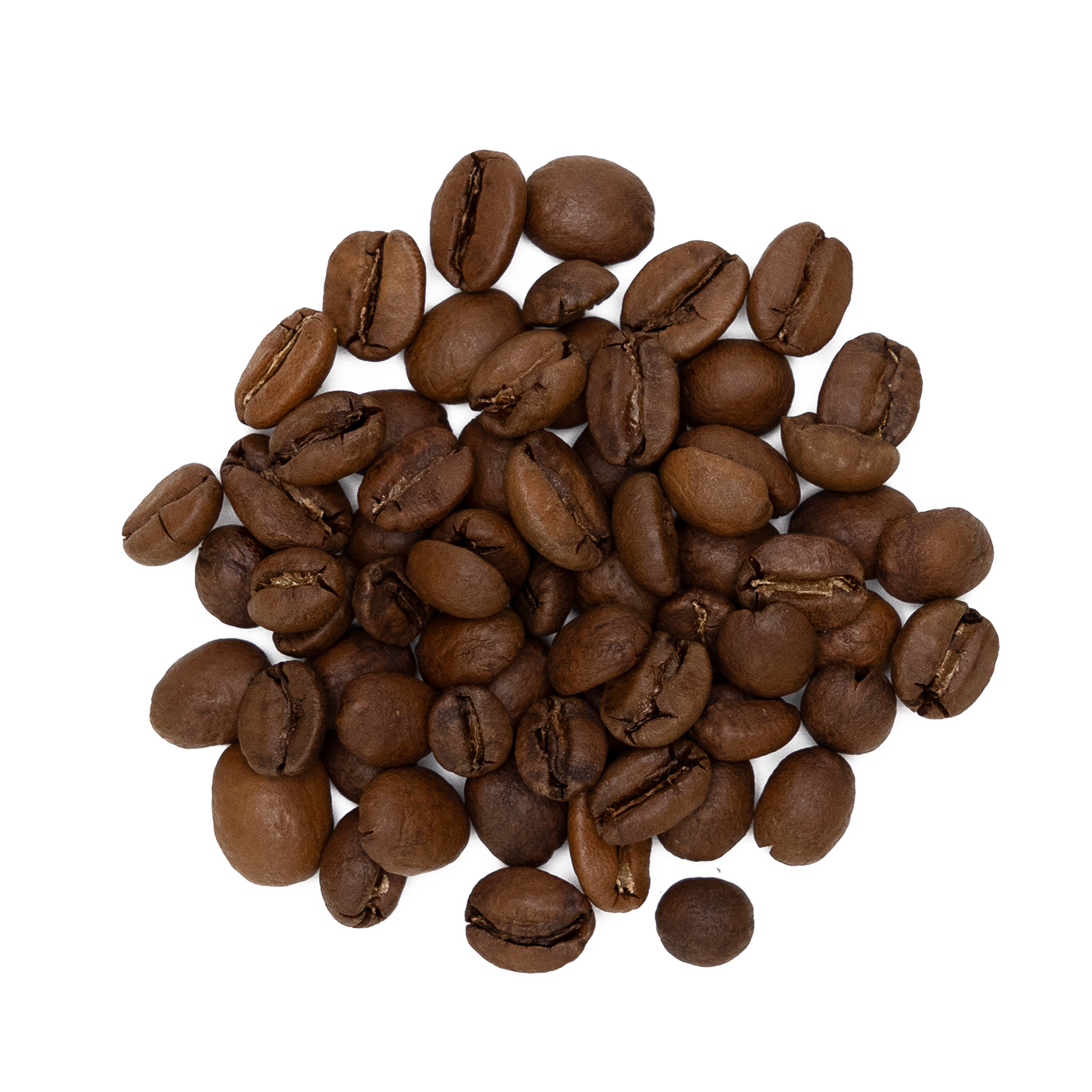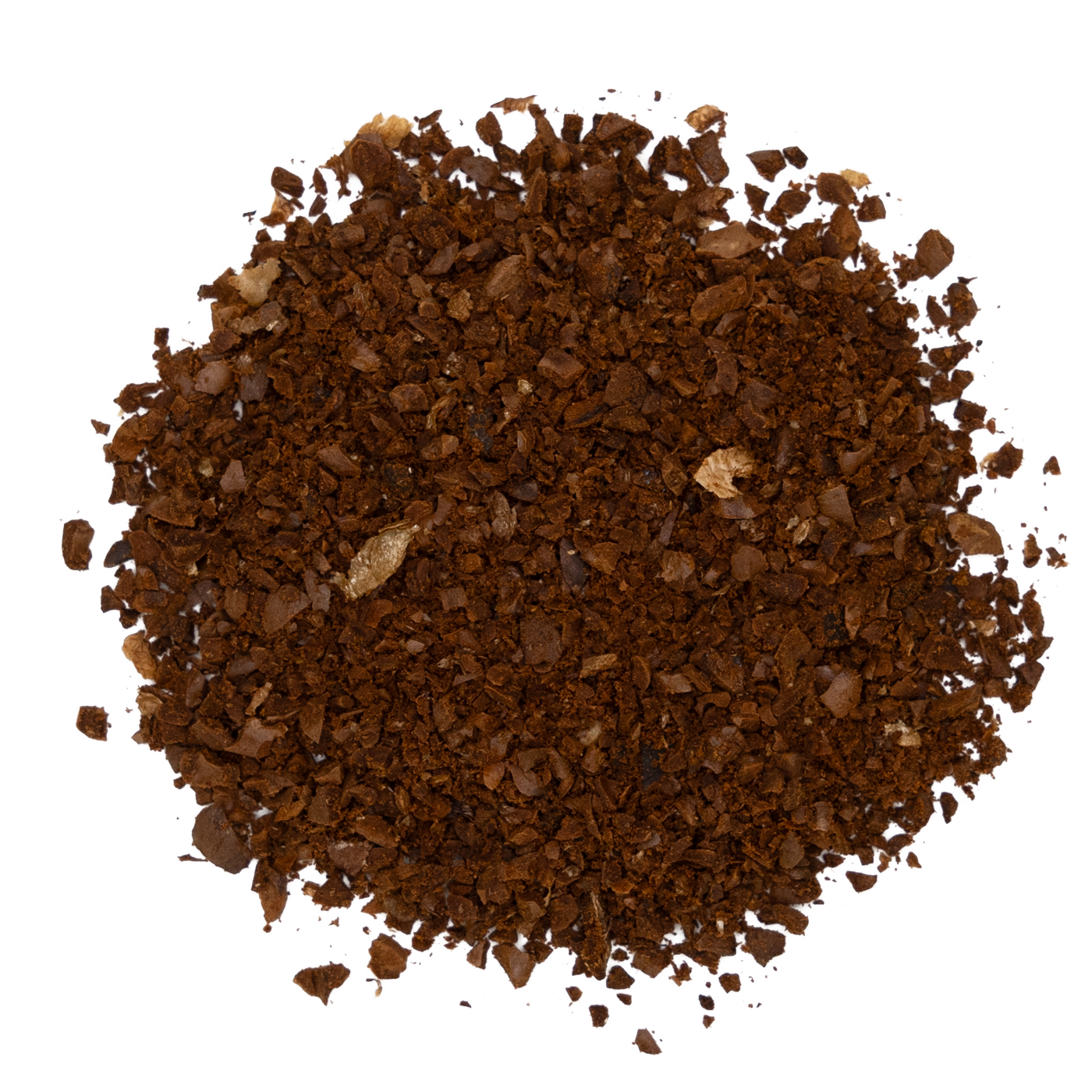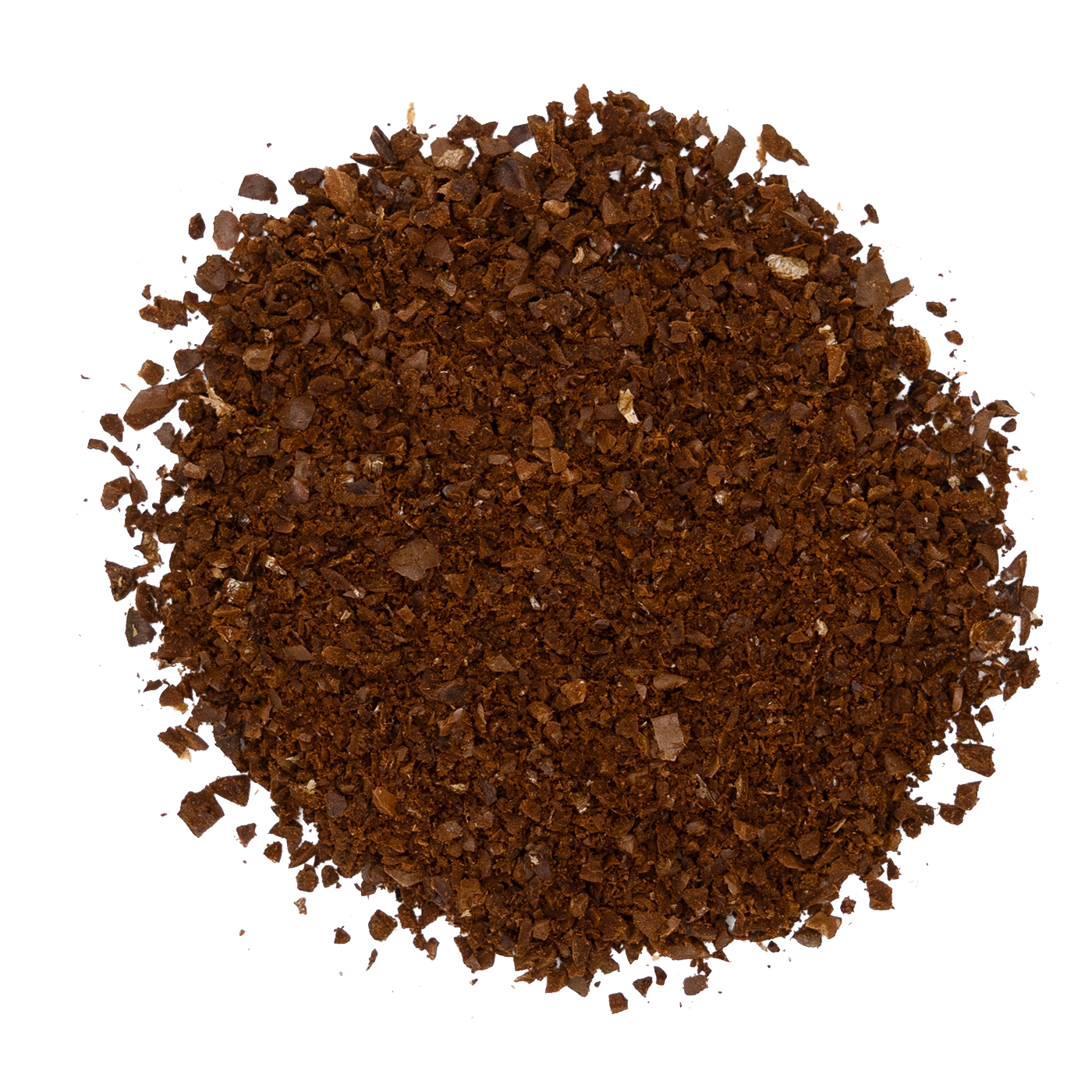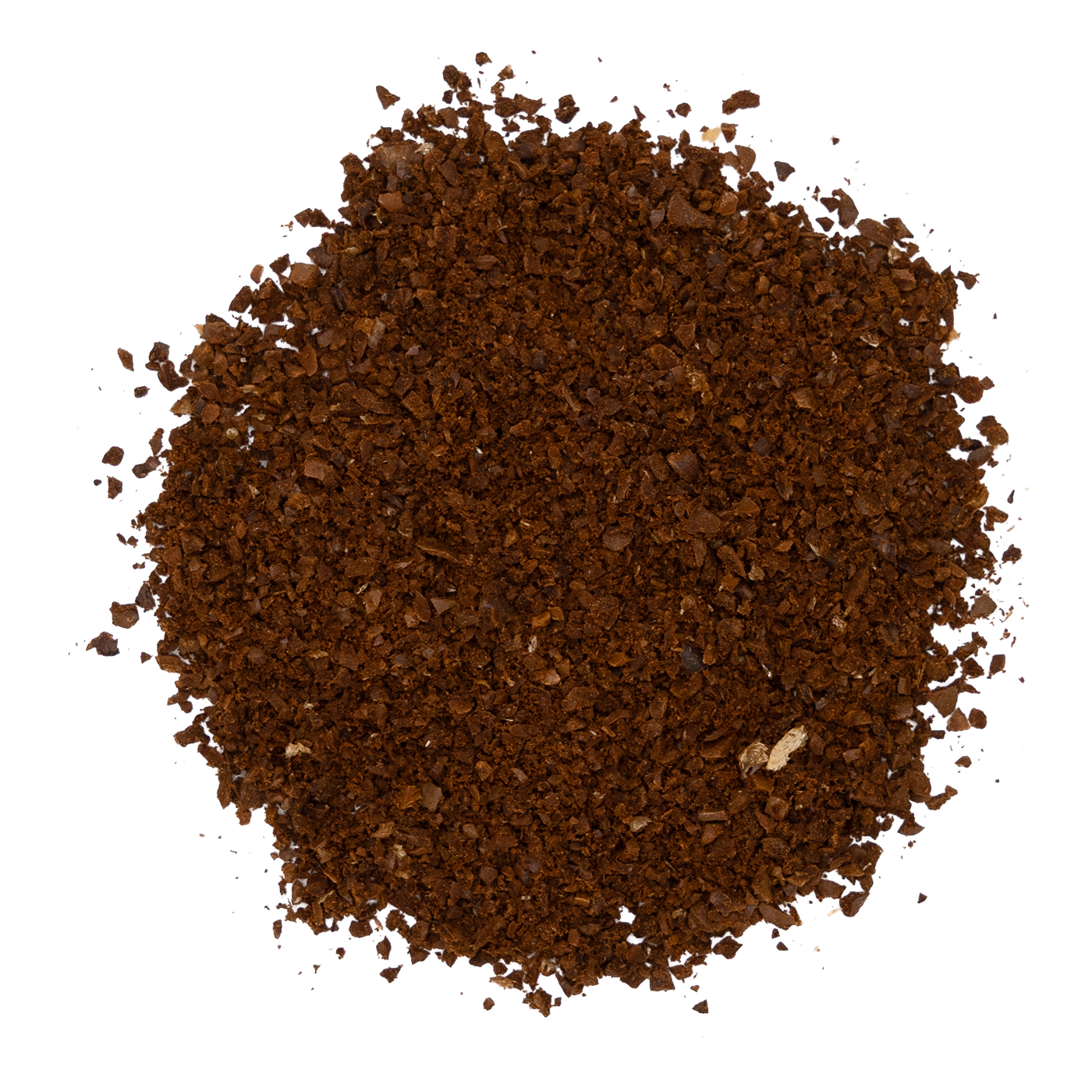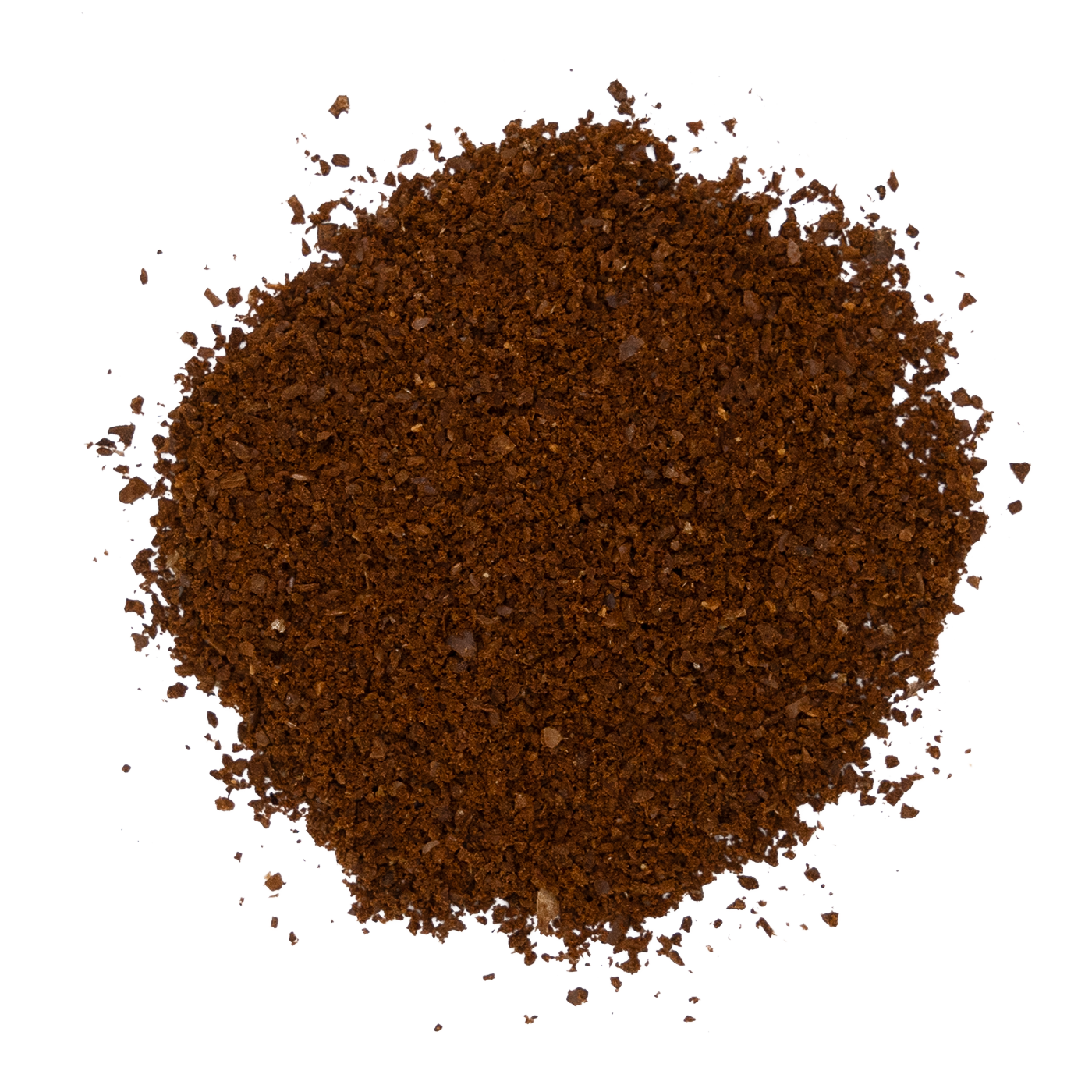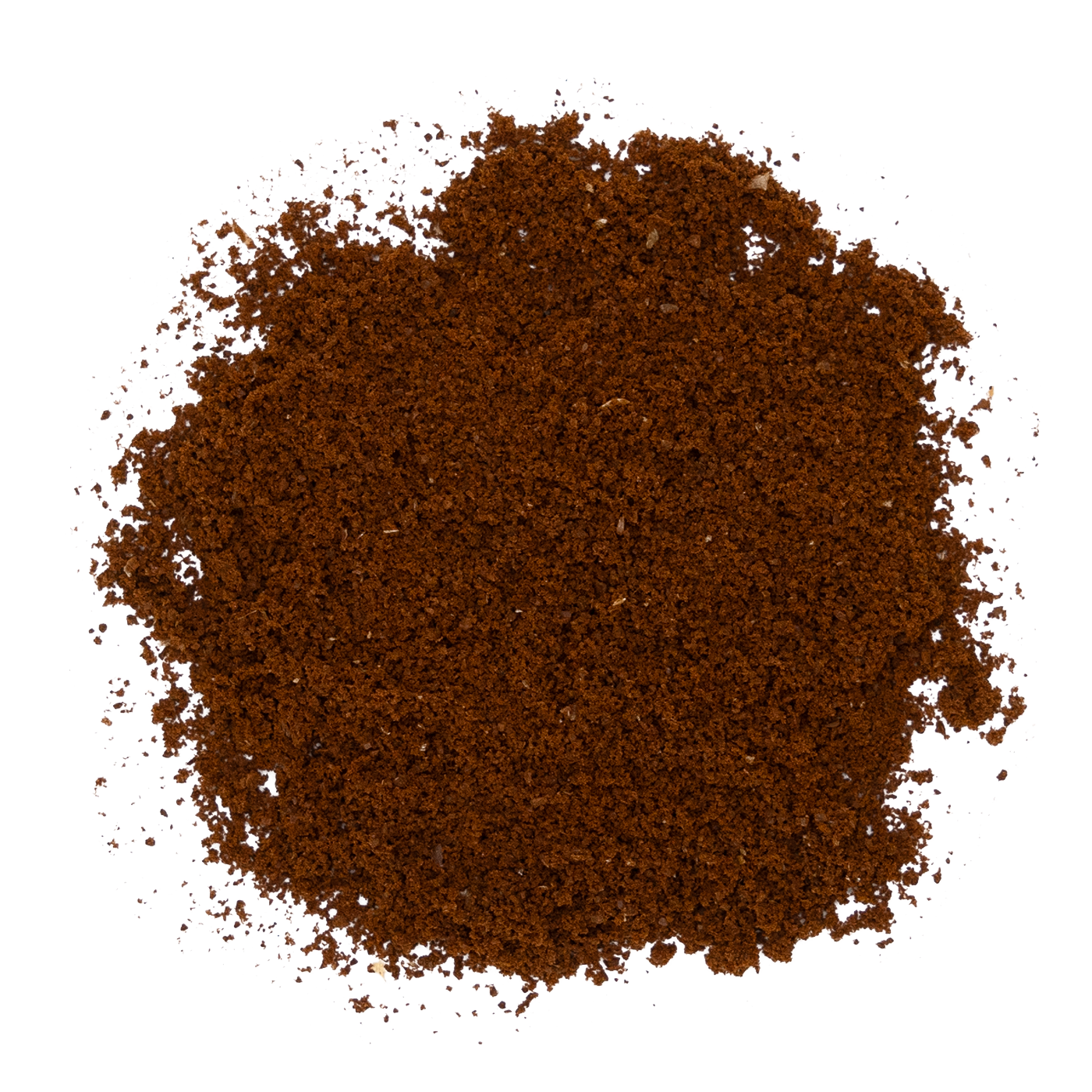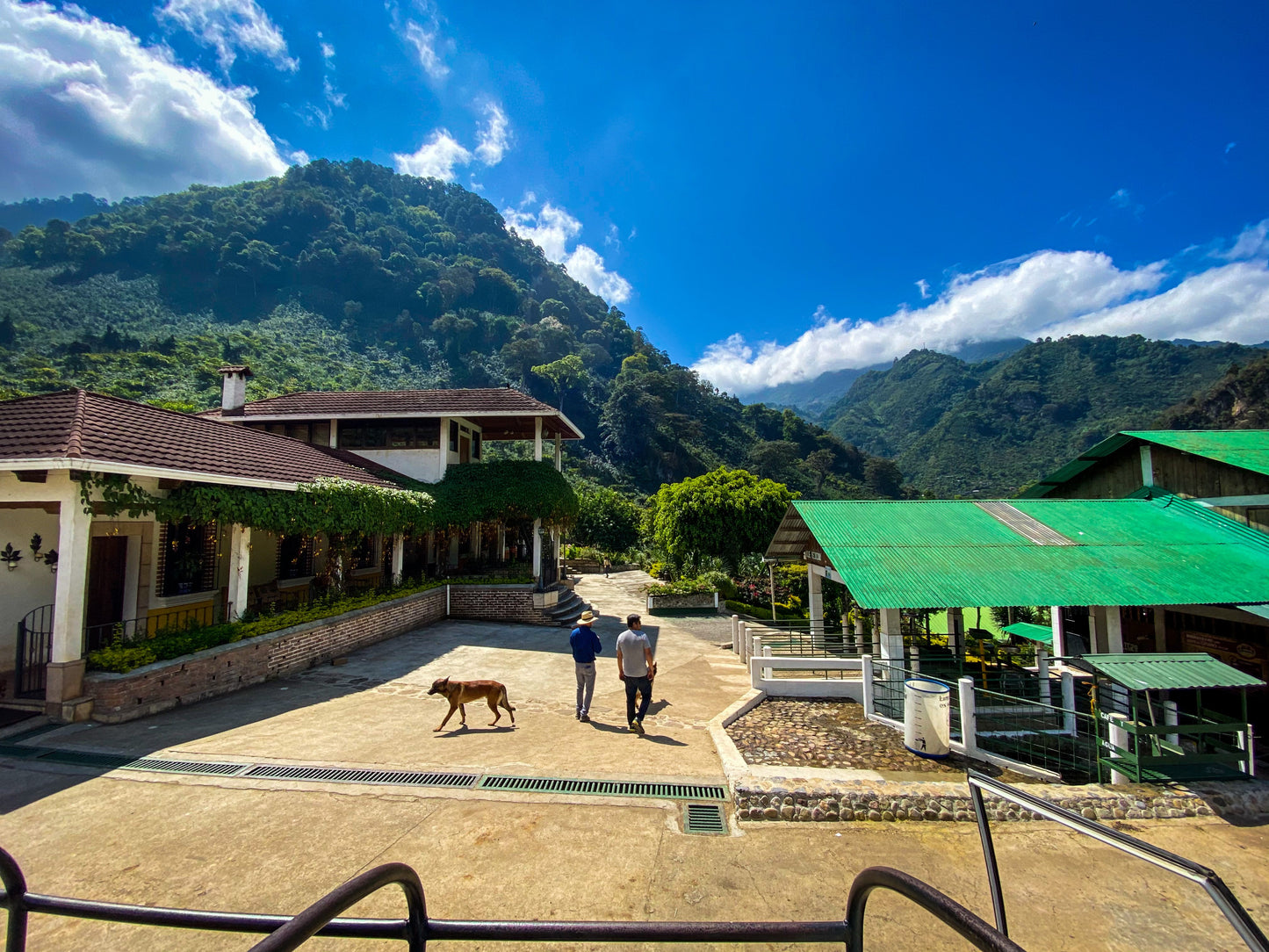
A month ago, just as the world was changing on a grand scale from the COVID-19 outbreak, a few folks from DOMA traveled to Guatemala to dive into the industry, methods, and landscape of one of our favorite sourcing regions. Each year we go on this “origin” trip. We talk with the farmers, tour their operations, experience the culture, and learn more each time we go.
We’re sharing our trip report so you can live vicariously through our travels and get a glimpse at our coffee selection and research process.
Day 1
Our trip began in a bulletproof Land Rover—our ride from the airport in Guatemala City, courtesy of Onyx coffee. Onyx has been farming in Huehuetenango, Guatemala, since 1957. Since then, they’ve done a bunch of cool things and become a trusted regional resource for coffee sourcing. We wove our way through traffic to the Onyx Coffee Headquarters in Zone 4 of Guatemala City. There we met up with Ty Dougherty and Chris Poh, our rep from the Bellingham, Wash., Onyx office. We had breakfast at a nearby cafè called 12 Onzas before beginning our coffee sampling journey.
Our crew ventured through the chaotic city to meet Ashley Prentice of Finca de Dios and Gento Coffee. We cupped through 10 coffee lots from her family farm. The coffees on the table were a mix of day lots and lots that Ashley had blended. We traded cupping notes, scores, and found some exciting contenders for future single origin and blender options.
Back at the Onyx office, we cupped some washed Guatemala offerings. Then it was off to Huehuetenango, a western region of Guatemala, via a small prop plane. The view was one to remember—we marveled at the mountainous landscape of Guatemala, embedded with small cash crop farms and settlements.
In Huehue, we met up with Edwin Martinez, owner of Onyx coffee, and his father, Don Edwin Senior. They put us up in the Onyx house, which they use to host world travelers and families who visit the coffee farms. We caught a bit of sleep after our day of travel.

Day 2
With a full day of coffee farm exploration ahead of us, our Onyx hosts treated us with a traditional Guatemalan breakfast made of eggs, tortillas, beans, and plantains. We were whisked into the heart of Huehuetenango in the bed of the company pickup with our driver, Ernan. The highway threaded through many small villages, bustling with locals heading to work and children walking to school.
After an hour of driving, we headed up a steep road toward the town of San Pedro Necta and our first coffee farm destination. On the way we picked up a farmer named Alfonso. Turned out, he owned the place. He chatted with our group about a project that would teach farmers and their families to grow organic vegetables and fruit to prepare and eat at home.
ASOCPE/K-finos had financed a construction of a small greenhouse at the local elementary school, where children were learning to grow healthy, organic food. When we got to Alfonso’s farm, we paid a visit to said nearby elementary school to see the garden construction. This was a glimpse into a changing culture, one that’s concerned about organic growing on a community level.
Later, Alfonso led us through his plants to show us where he created organic fertilizer. It was a mix of removed coffee cherries and pulp, composted fruit, and chicken and horse waste. We also talked about the organic pesticide his farm created. To get around conventional chemicals, Alfonso used a mix of onion, garlic, soap made from pork fat, and tobacco hand-rolled from cigarettes. As he talked, we could sense his excitement and pride. We were excited, too—good organic coffee starts with good, organic farm practices.
That afternoon we explored a jungle of coffee plants on Alfonso’s farm. After ending up at a small washing station next to Alfonso’s house, we joined him for a lunch of warm tortillas, black beans, rice, pico de gallo, and small chiles that had a kick.
Alfonso’s place was only our first stop of the day. Back in Huehuetenango, we met up with our partners at K-finos, who buy, cup and blend the coffee parchment from ASOPCE, a co-op consisting of over 300 small lot farmers. The K-finos offices were framed by a yard of healthy lemon, lime, and avocado trees, as well as coffee plants.
At the K-finos office, we made future plans for DOMA, discussing the coffee we planned to purchase in 2020. We also talked about the recent coffee harvest; overcast weather had caused the coffee to dry slower, which had boosted the quality. A future experiment on the farm will involve using mesh shade for coffee drying patios. This is an experiment we’re excited to invest in, and a great example of how small organic farms in the region continue to evolve.

Day 3
We got an early start from the Onyx house and headed out to Finca El Injerto, one of the largest and most pristine specialty arabica coffee farms in Guatemala. They’ve been farming coffee since 1990 and gained traction in the U.S. by working closely with Stumptown Coffee Roasters.
The drive took about two and half hours. We took the same highway that had led us to Alfonso's farm the day before. Once we arrived in the small town of La Democracia, we took a left onto a narrow bumpy dirt road. The farther we went, the greener and more jungle-like the landscape became. The entryway of the farm looked like something out of Jurassic Park. It was lush, wild, and gorgeous.
At the mill / headquarters of the farm, we met up with the farm manager and had a quick cup of Bourbon coffee that was grown on the farm. Our driver Ernan led us on a tour of the farm, including a point on the property that sat at 1800 meters above sea level and was the growing site for their Pacamara coffee. El Injerto farm produces Catuai, Bourbon, Pacamara, and Geisha varietals of coffee. At the Pacamara growing site, we wandered into the coffee plants. We mingled with a few coffee pickers, who lived at the farm during picking season.
Later, we saw the farm’s fermentation tanks, drying patios, and weighing / bagging room. We also saw El Injerto’s drum dryers, used when the weather doesn’t permit patio drying. We got a tour of the defect sorter and the huller, which removes the parchment layer from the coffee cherry. In short, we got to peek behind the curtain, and it did not disappoint.
We topped off our tour with a cupping of six coffees of each varietal from the farm, as well as a varietal blend.
Back in Huehue, we cupped more coffee with our partners at Family Bonds. We were greeted by owners Danny and Madeline Perez and also snagged a tour of their mill.
Then it was off to Guatemala City for the night via a quick flight over the local volcanos.

Day 4
At the Onyx Lab, we cupped seven coffees. Most of these had a natural process, but two were Anaerobic processed. These were awesome coffees and a great way to start our morning.
After the cupping, we headed to the Fraijanes region of Guatemala. We were on our way to Bi-Café, the mill that works with ASOPCE. Bi-Café has been around since 1992, operating as a coffee mill and exporting company. We discovered the mill was surrounded by a tall, concrete wall and guarded by armed security. This was a reminder that an origin trip is not your everyday sightseeing trip; the country of Guatemala is both complex and political, stunning and serene. And it’s the place to grow some epic coffee.
At Bi-Café, we chatted with Executive Director Rodrigo Cordòn about the coffee industry in Guatemela and the history of Bi-Café. Rodrigo is charismatic, humorous, and seriously cares about the well-being of the coffee farmers.
After our chat, we had a tour of the mill. We happened to be there while they were loading a container for Illy Caffe, a coffee roasting company from Italy that’s been around since 1933 and orders their coffee from Rodrigo in 2,000 lb. bags. Rodrigo continued on to show us the ropes, from receiving to shipping. We saw the huller, bean sorter, and bag filler. We also got a peek at the organic room where they store the coffee that DOMA purchases.
The day went by in a flash of greenery and good coffee. Back in Guatemala City, we grabbed a few drinks at a jazz club.

Day 5
On Friday, we visited Finca de Dios. This was the family farm of Ashley Prentice, whom we cupped with on Day 1 at Gento Coffee. Her grandparents had purchased the land to raise horses, but when her mother Ellen got a hold of it, they went toward coffee.
The Prentice family farm was unique and beautiful. We hiked up a hill and Ellen pointed out the “mother plant,” where they got starters for the “La Joya” region of their farm. The La Joya lot is a coffee that DOMA plans to purchase in 2020, so it was great to stand on the soil and see the sights surrounding this coffee.
We hiked back down to the farm wet mill, visiting Ashley’s father Stewart’s bee farm on the way. The wet mill was buzzing with workers sorting through their pickings from the day. We got a rundown from Stewart from pulping to drying. He then showed us the drying tent, a greenhouse-like shed that Stewart had built himself to store day lots until they reached the right moisture content. It was clear from our tour of the place that the Prentice family is an ingenious bunch. We’re really looking forward to sourcing with them.

Day 6
We were lucky to travel from the Guatemala City to a new area to see the youngest coffee farm we had ever seen. A huge undertaking by the hardworking and dedicated Perez family. Almost ½ million plants had been transferred from the nursery in Huehuetenango to be replanted on the flat land that boarders an old volcano nearby. The unique aspect of this young farm is the irrigation project that lays just beneath the soil. Many thousands of hours of labor are evident in the layout of the farm rows, with pipeline and drippers running to a huge reservoir that holds the water supply. With dependable watering guaranteed this farm will be producing coffee very soon and irrigation projects could be part of the future of growing coffee in Guatemala. Climate change if forcing change in many aspects of farming, and the group at Family Bonds is responding with innovation and foresight. It will be exciting to watch these plants grow and hopefully be a part of the first harvest season. We spent with rest of the day with the Perez family. Enjoying a family meal at a wonderful restaurant and a tour of their high end Café Libre, (home to two Kees Van der Westen Spirit espresso machines) We witnessed that businesses were slower on this Sunday as the beginnings of the Covid-19 pandemic news affected Central America.
The world had changed just in the days we’d been on this trip. Some things seemed like they’d stay the same—the towering volcanos; the great, leafy fields of coffee plants; the people who made us smile with their creativity, hard work, and love. But, of course, everything was changing.
Day 7
We caught the last Delta airlines flight out of Guatemala City before they closed the borders to incoming travel. Using even more precautions than before we navigated our way through the airports, being bombarded with the apocalyptic news that was happening all over the world. Glad to return home safe, uninfected, we self-quarantined for 14 days. Stiff Covid rules for manufacturing were already in place at DOMA coffee roasting company, we just missed our co-worker family. This truly was an odd re-entry form a sourcing trip.
And now . . . new Guatemala coffee!
We hope you’ve enjoyed our virtual origin trip.
Now more than ever, maintaining the relationships with the people behind our coffee will help keep us all connected. We’re thankful we were able to spend time in the beautiful country of Guatemala before travel restrictions set in.
Our new Guatemala single origin coffee has a chocolately sweetness and juicy body. You’ll find notes of milk chocolate, cherry, and hazelnut. Sip and think of mountainous jungles, wild greenery, kind people, and maybe even that Led Zeppelin cover band.
We hope this coffee will inspire your creativity, good vibes, and resilience in 2020.
